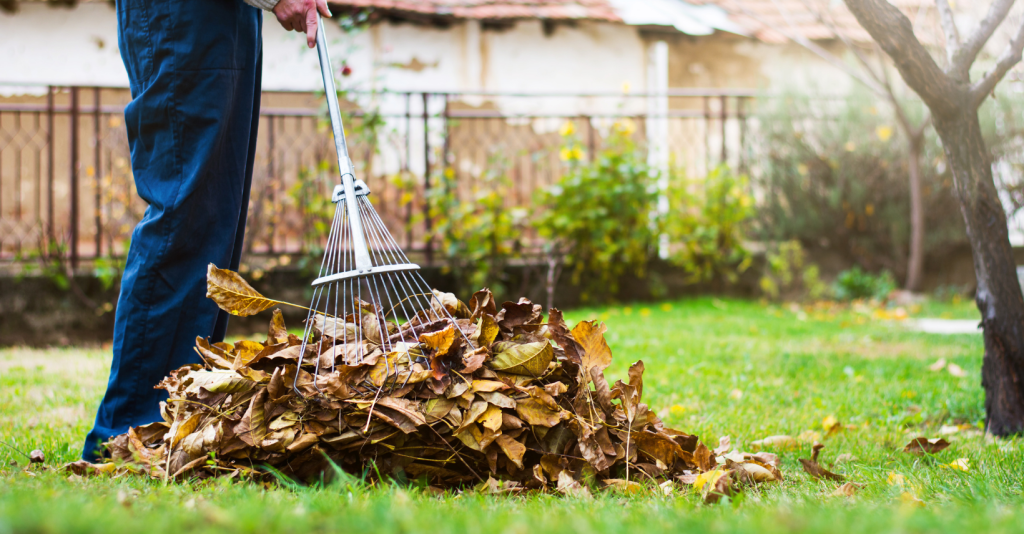Introduction
Removing a garden can be a significant but necessary step in transforming your outdoor space. Whether you want to redesign your yard, eliminate unwanted plants, or prepare the land for new construction, understanding how to remove a garden effectively is essential. This guide covers the best practices for garden removal, including clearing plants, soil preparation, and disposal methods. By following expert tips and eco-friendly techniques, you can reclaim your garden area cleanly and safely.
Why Remove a Garden?
Before diving into the removal process, it’s important to understand the reasons behind removing a garden. Common motivations include:
- Redevelopment: Making way for new landscaping, patios, or buildings.
- Weed Infestation: Eradicating invasive or persistent weeds.
- Soil Issues: Addressing poor soil quality or contamination.
- Maintenance Reduction: Simplifying yard care by removing high-maintenance plants.
Knowing your goals will help tailor the removal approach to suit your needs.
How to Remove Garden Plants and Vegetation
Manual Removal Techniques
Manual removal involves physically uprooting plants and is suitable for small gardens or targeted areas:
- Use a garden fork or spade to loosen soil around roots.
- Pull out plants carefully to minimize soil disruption.
- For stubborn roots, use a weeding tool or mattock to dig deeper.
- Remove all root fragments to prevent regrowth.
Chemical Removal Options
Herbicides can assist in clearing tough or widespread vegetation but require cautious use:
- Select non-selective herbicides for total vegetation removal.
- Follow product instructions and local regulations.
- Apply during dry, calm weather to maximize effectiveness and reduce drift.
- Wait recommended periods before proceeding with soil work.
Preparing the Soil After Garden Removal
Once plants are cleared, soil preparation is crucial for future use:
- Remove Debris: Collect roots, rocks, and plant matter.
- Till the Soil: Break up compacted soil to improve aeration.
- Amend Soil: Add compost or organic matter to restore nutrients.
- Test Soil pH: Adjust with lime or sulfur if necessary.
Proper soil preparation ensures a healthy foundation for new landscaping or construction.
Disposal of Garden Waste: Best Practices
Handling garden waste responsibly is vital for environmental health:
- Composting: Use healthy plant material for composting to recycle nutrients.
- Green Waste Collection: Utilize local council services for organic waste.
- Avoid Burning: Burning garden waste can produce harmful emissions.
- Hazardous Waste: Dispose of chemical-treated plants according to hazardous waste guidelines.
Adopting sustainable disposal methods supports eco-friendly gardening.
Tips for Efficient and Safe Garden Removal
- Wear Protective Gear: Gloves, long sleeves, and eye protection reduce injury risk.
- Use Proper Tools: Sharp, well-maintained tools improve efficiency.
- Plan the Process: Divide large areas into sections for manageable removal.
- Seek Expert Advice: Consult landscapers or horticulturists for complex projects.
Conclusion
Removing a garden is a multi-step process that requires planning, the right tools, and environmentally conscious methods. Whether clearing space for a new design or tackling invasive plants, following expert strategies ensures a smooth transition and prepares your yard for future use. By combining manual and chemical techniques wisely, preparing your soil effectively, and disposing of waste responsibly, you can reclaim your outdoor space confidently and sustainably. Start your garden removal project today with these proven insights and transform your landscape with ease.
